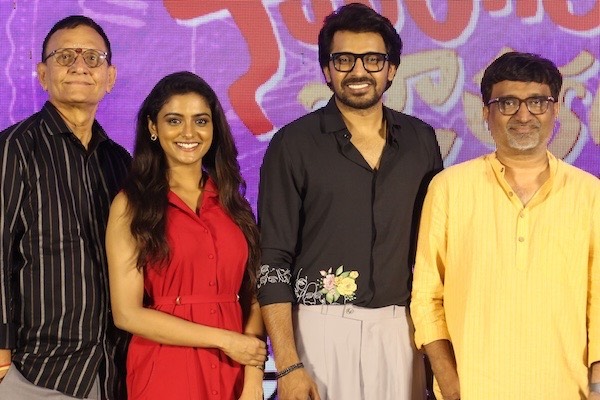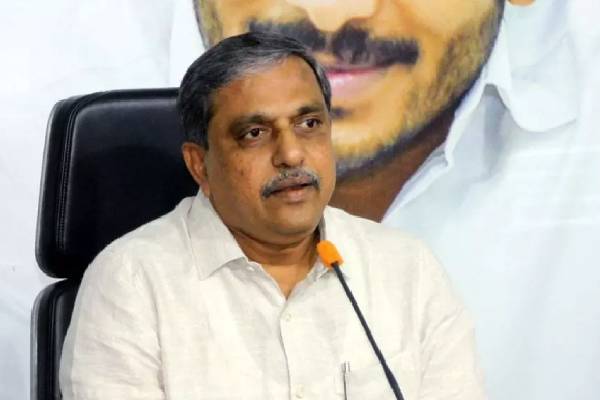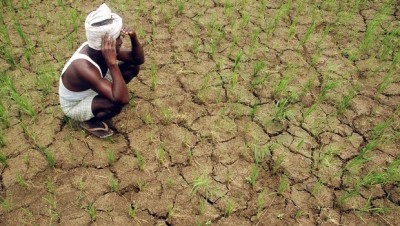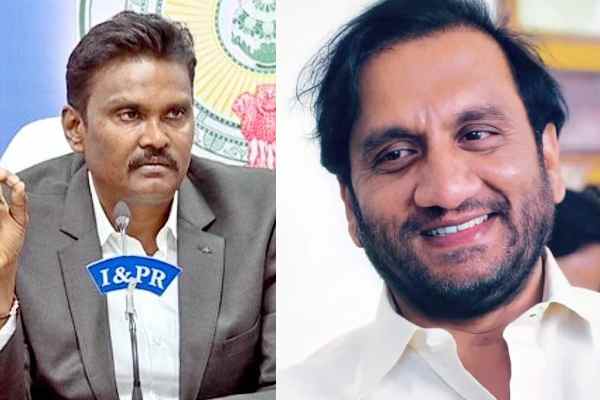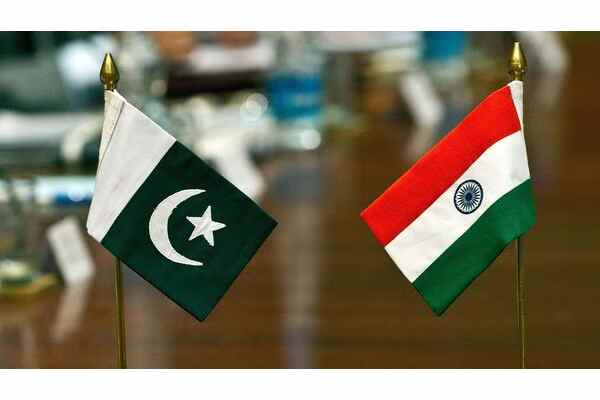At the drop of the hat, Indian politicians in power inventively levy one form of tax or the other on the pretext of meeting additional burden of welfare programs or shore up the revenues. But they never think of cutting their commissions or political corruption by one per cent. No politician ever takes a pledge that he would take lesser commission from the contractors in view of flood situation or failure of monsoons.
Now, Maharashtra government is showing the way to other states, which are drought-prone to mobilize funds for drought relief by levying a tax.
According to report in The New Indian Express (Maharashtra to levy drought tax, Aug 12, 2015)the cash-starved Maharashtra government has decided to impose ‘drought tax’ on the state’s residents to deal with the situation arising out of the deficient monsoon. And the government hopes to raise around Rs 5,000 crore every year to help the nearly three crore drought-hit people in the state.
A Cabinet subcommittee on the relief and rehabilitation on last Tuesday decided to impose the tax in view of lack of funds to deal with the drought situation.
State Finance Minister Sudhir Mungantiwar, who heads the Subcommittee, said that the drought tax will be imposed only in an emergency situation. “We have reserved a considerable amount for drought relief. The tax will be introduced only if this amount is exhausted and there will be no other way to raise additional funds,” he said.
The Opposition Congress and the NCP have expressed reservations about the government move. “The government should run an austerity drive and save money to be used on the drought related works instead of burdening the taxpayers,” said Congress spokesperson Anant Gadgil. NCP spokesperson Nawab Malik said the government should waive the farmer loans instead of imposing the tax.
Raju Shetti, a BJP supporter MP and farmers’ leader, welcomed the idea. “I will not oppose the tax if it is the last resort to raise the funds. The drought affected people should be helped at any cost,” he said.
According to the state government’s official data, the state had received 61 per cent of its average rainfall till July-end. The water storage in the state’s dams is only 44 per cent. The 229 talukas out of the 355 have received less than 75 per cent of the average rainfall.
This year, entire region of Andhra Pradesh is passing through critical phase. The region comprising Kadapa(-39.6%)), Kurnool(-49.7 %), Anantapur (-40.2%) and Chittoor(-36.8%) have received deficit rainfall. Another coastal district Nellore recorded minus 36.2 %.






















